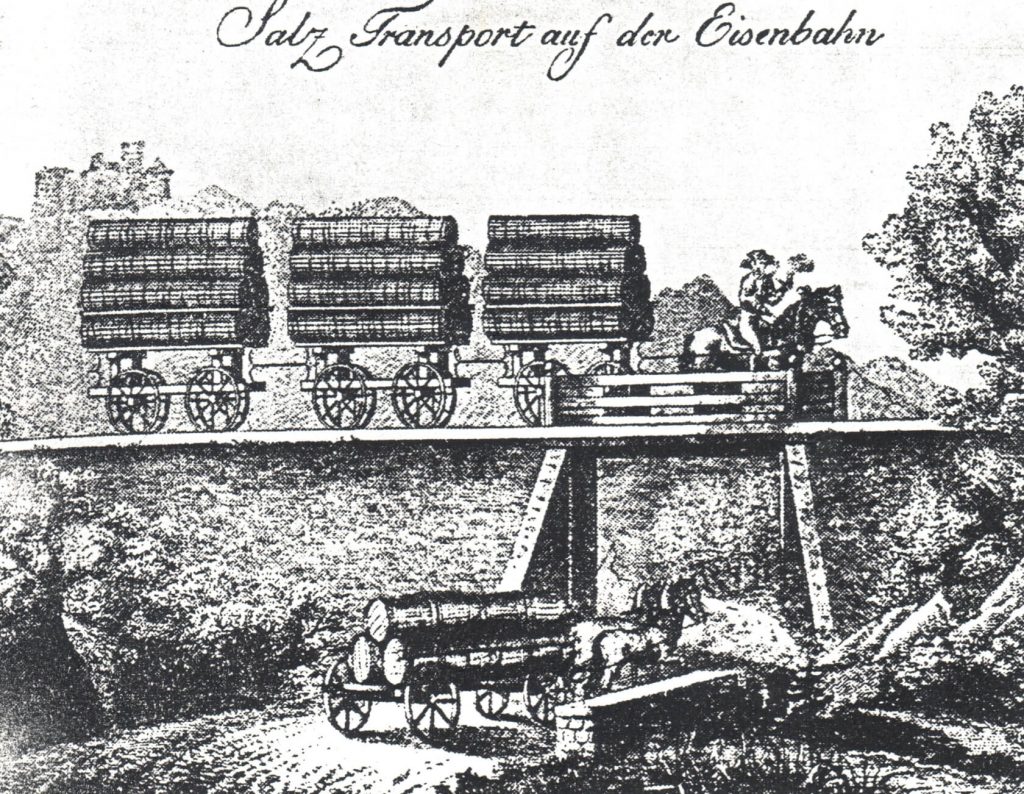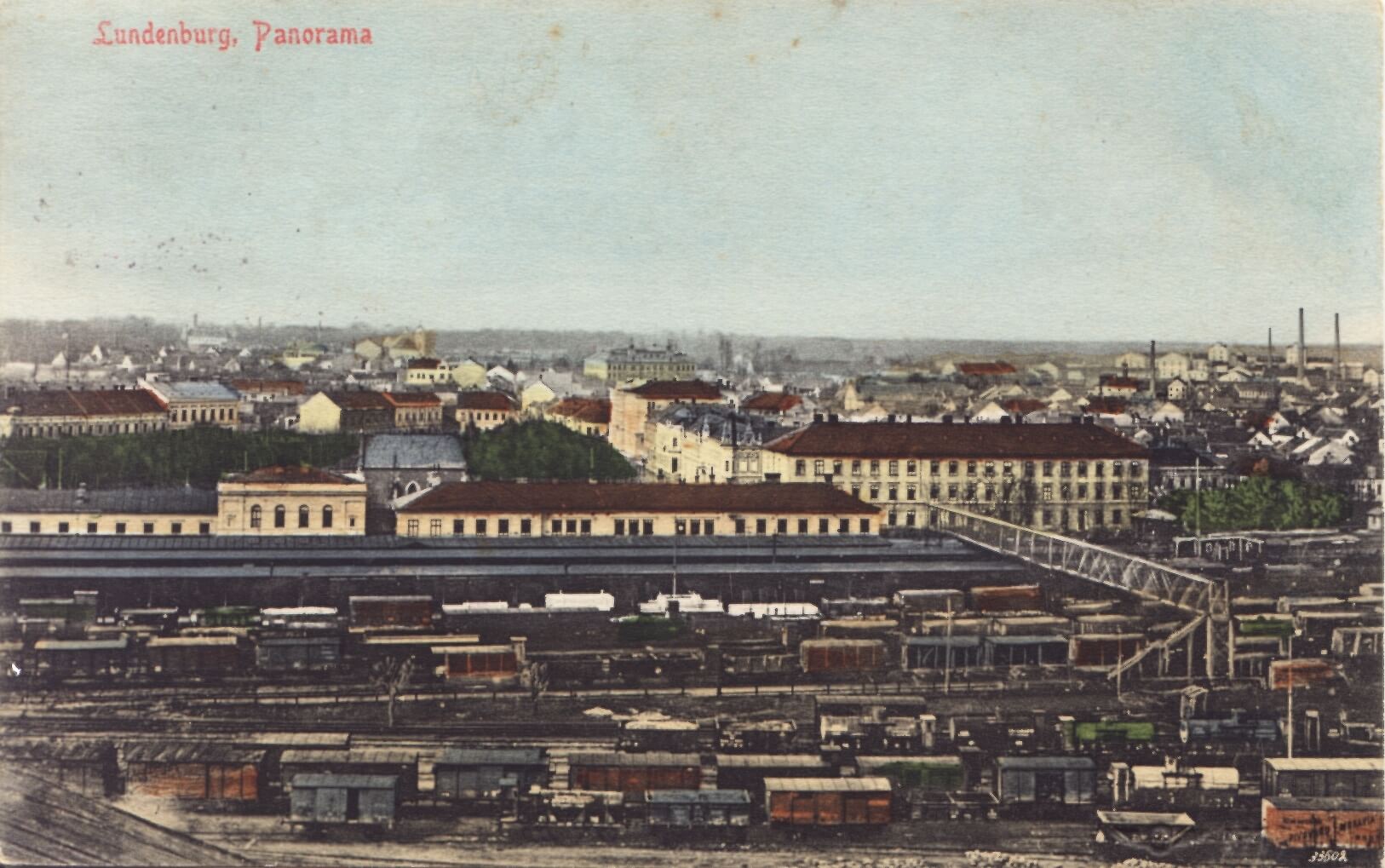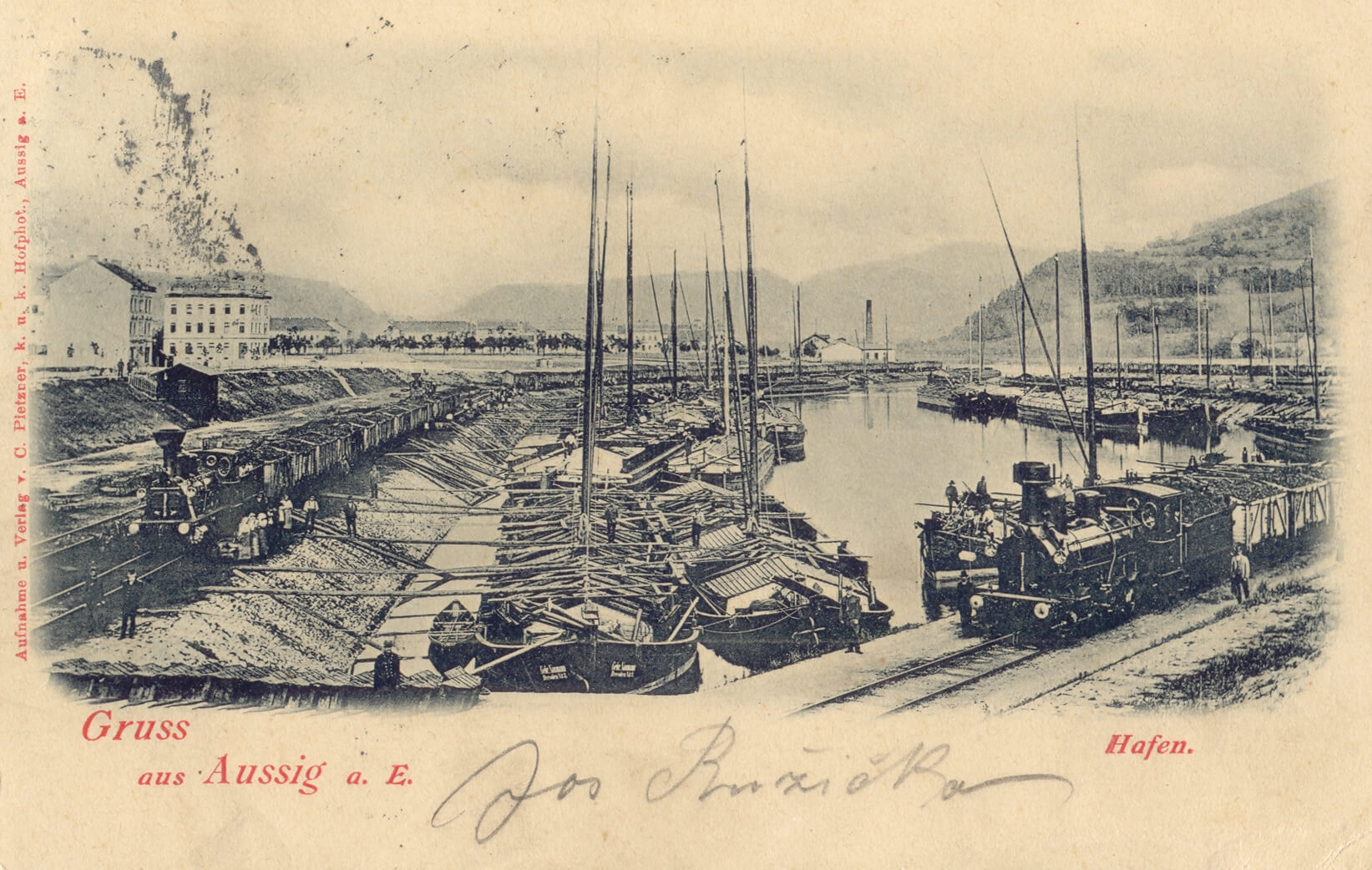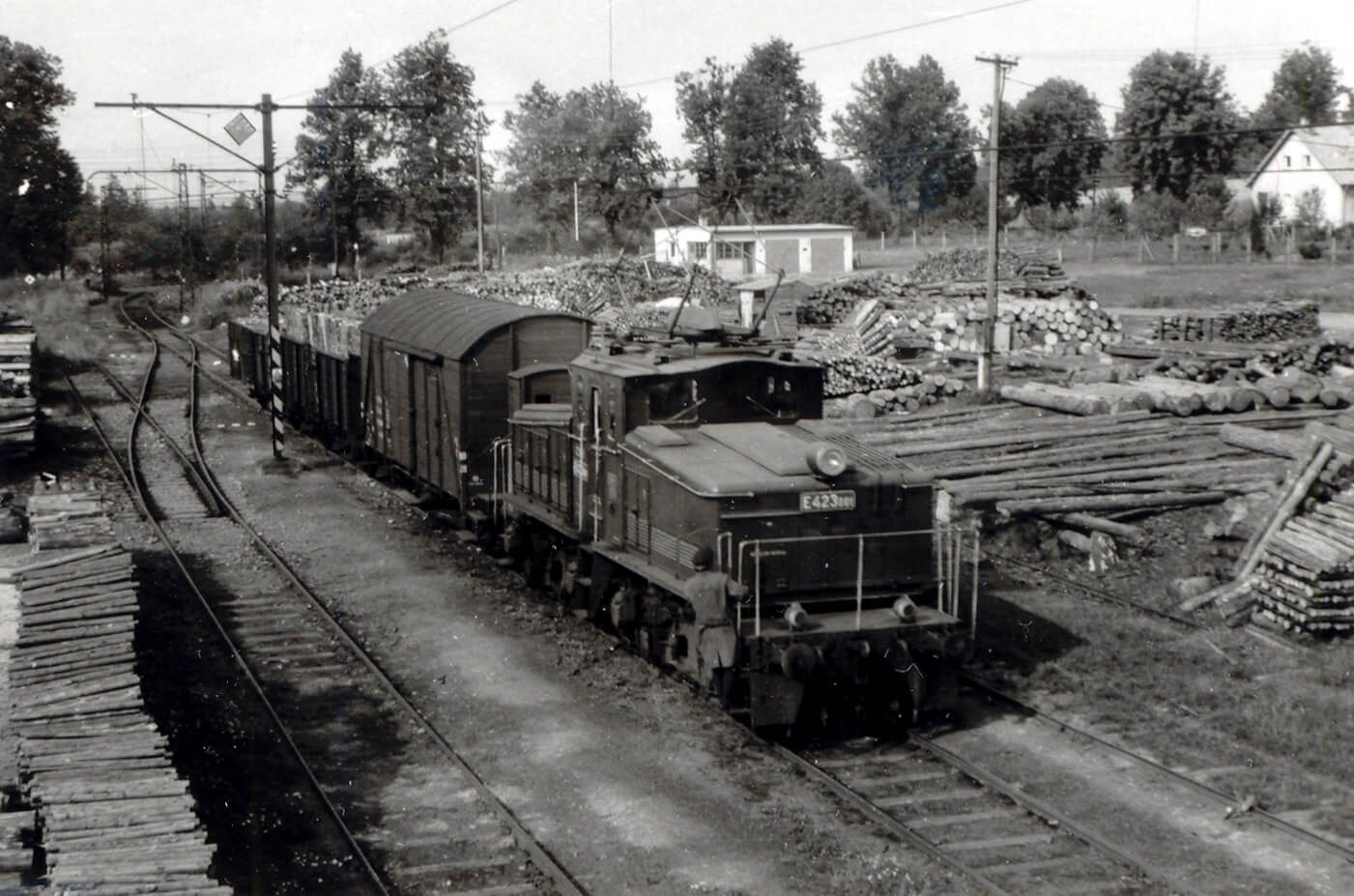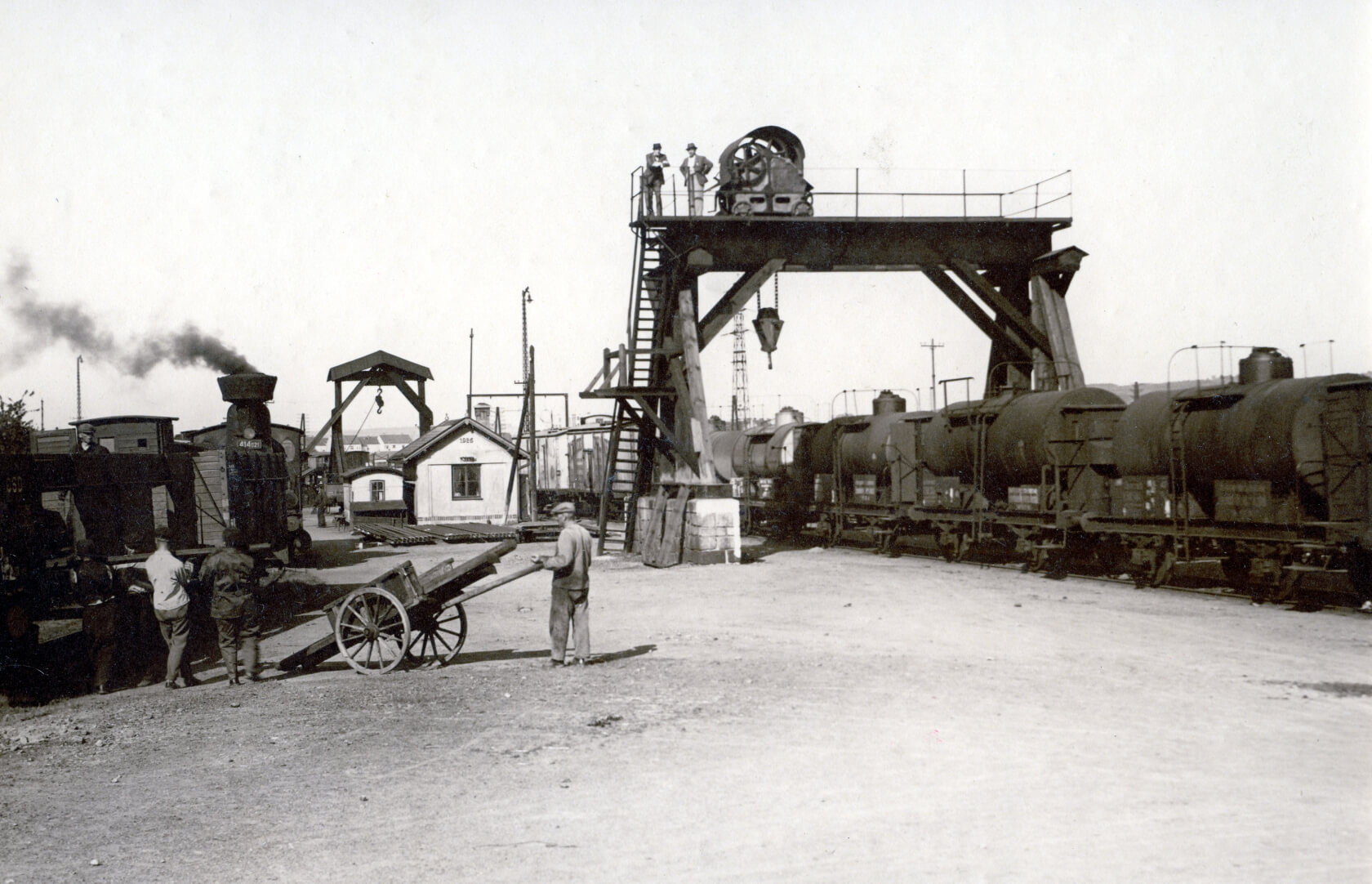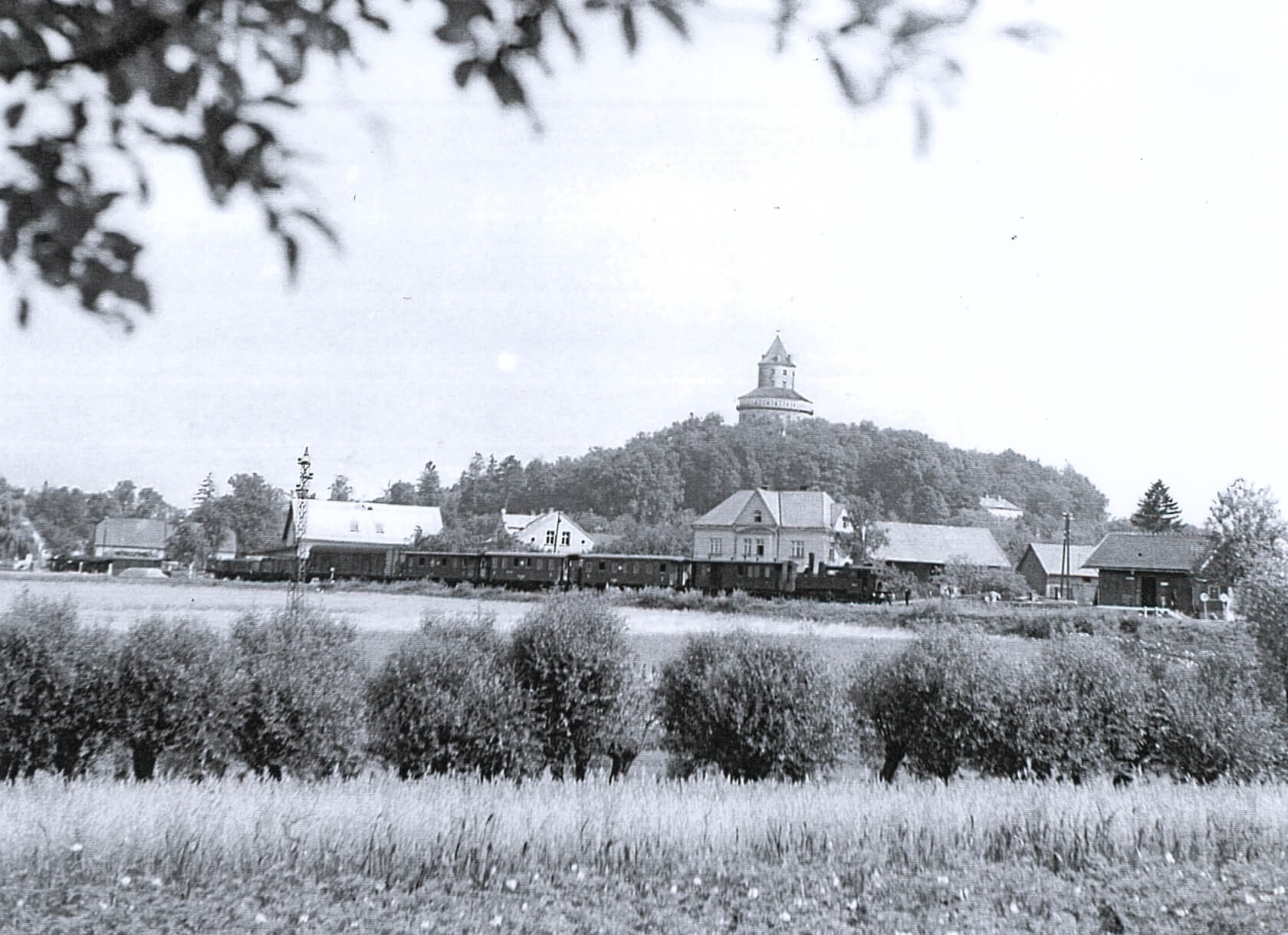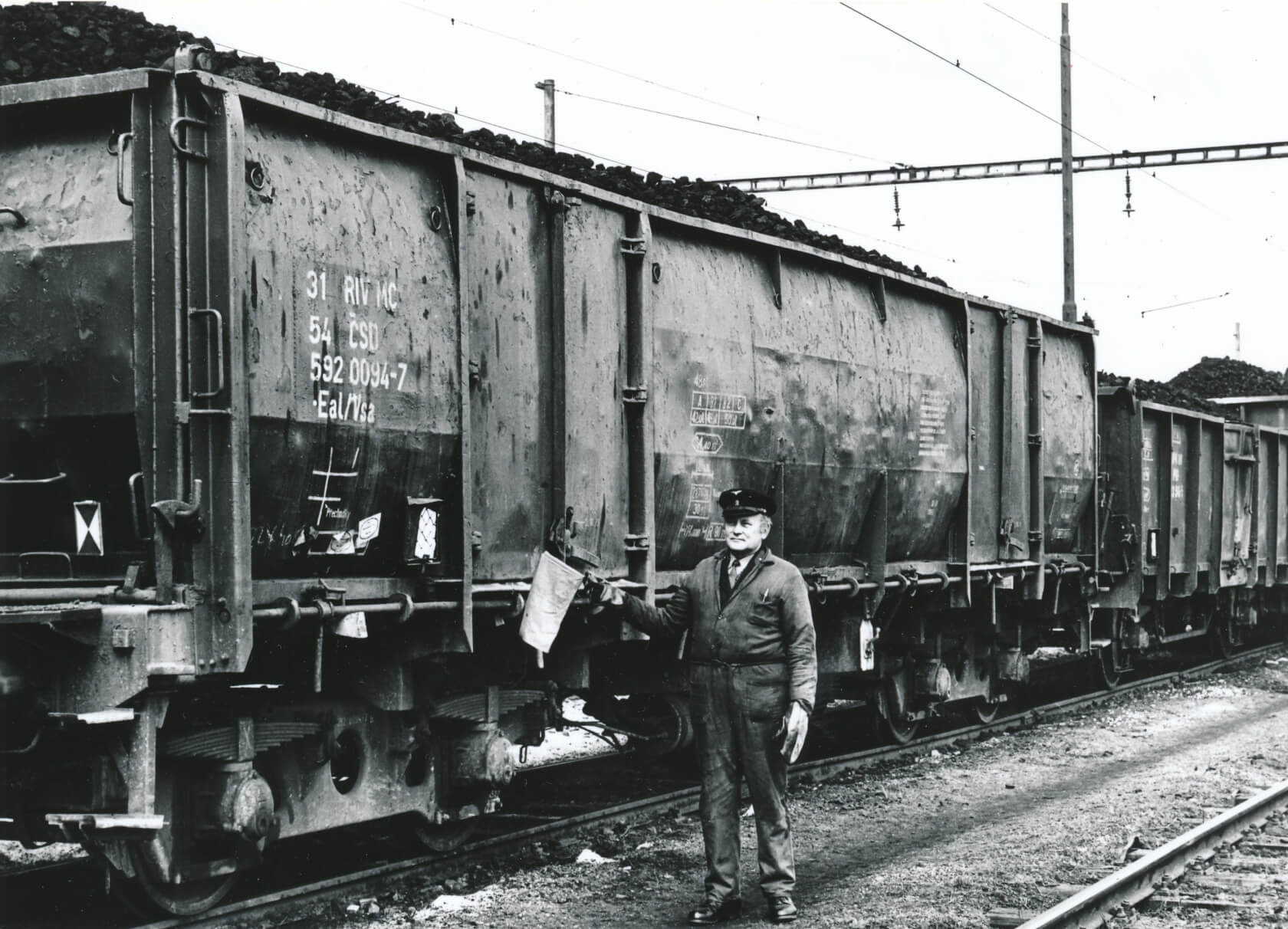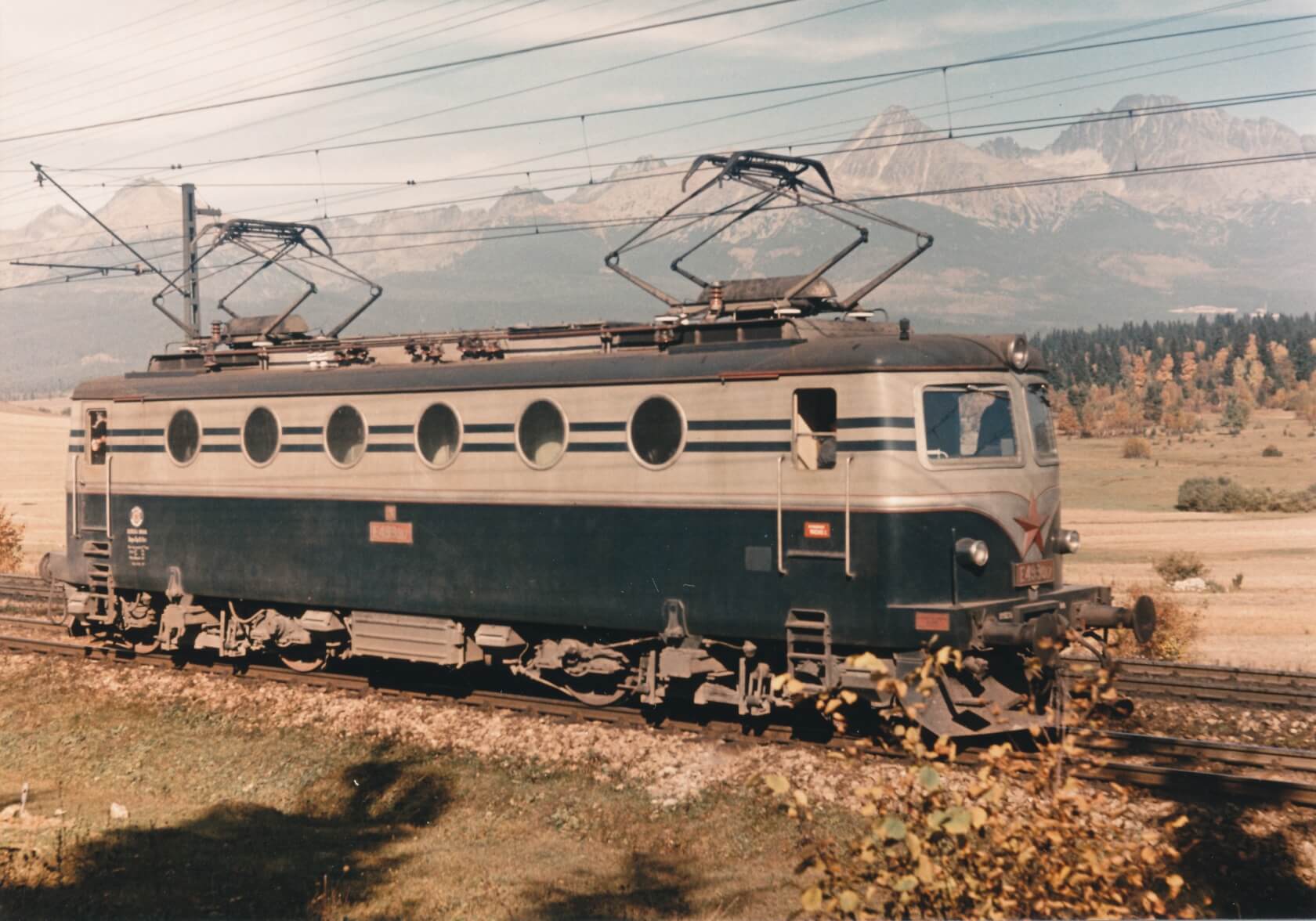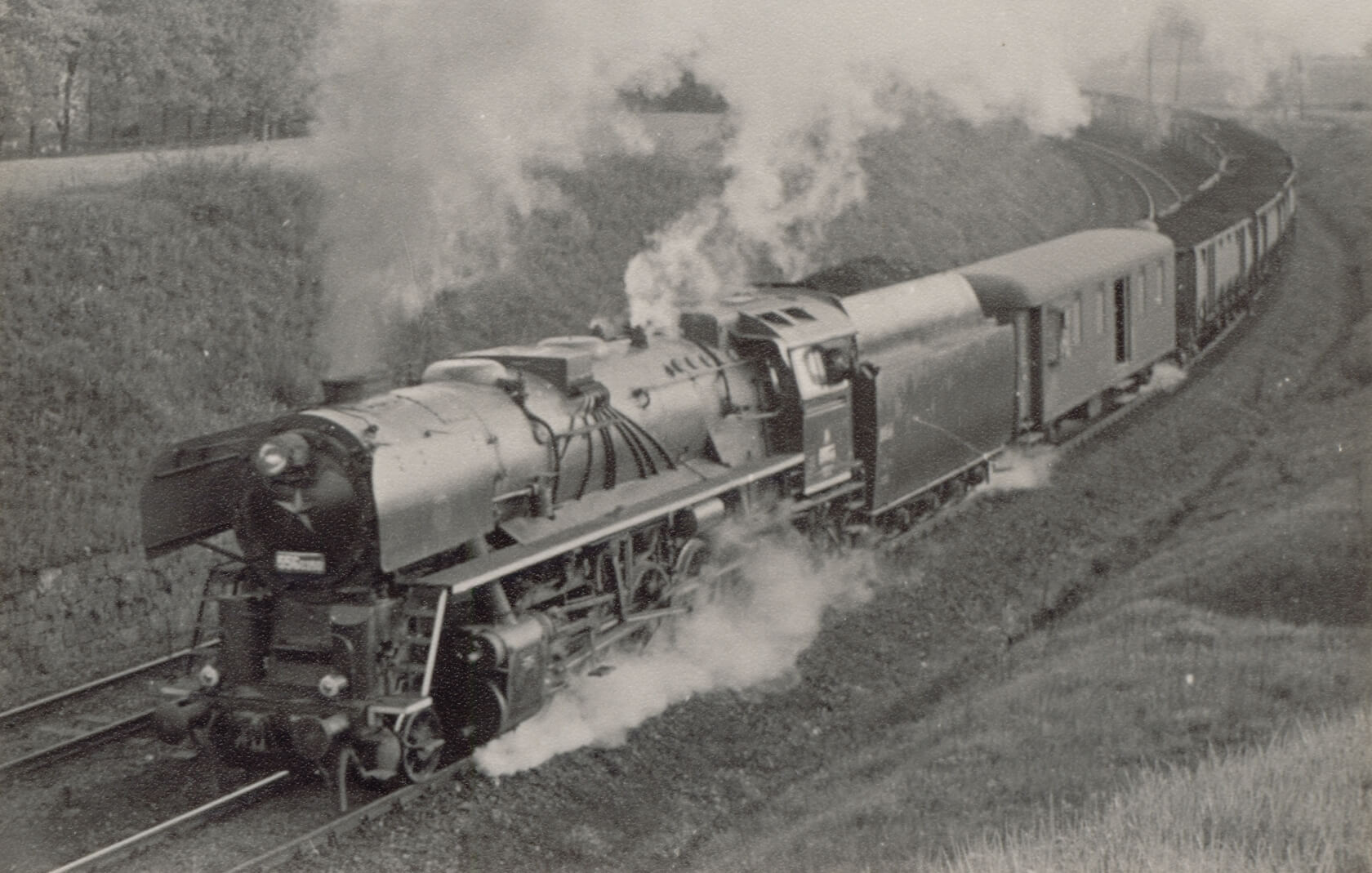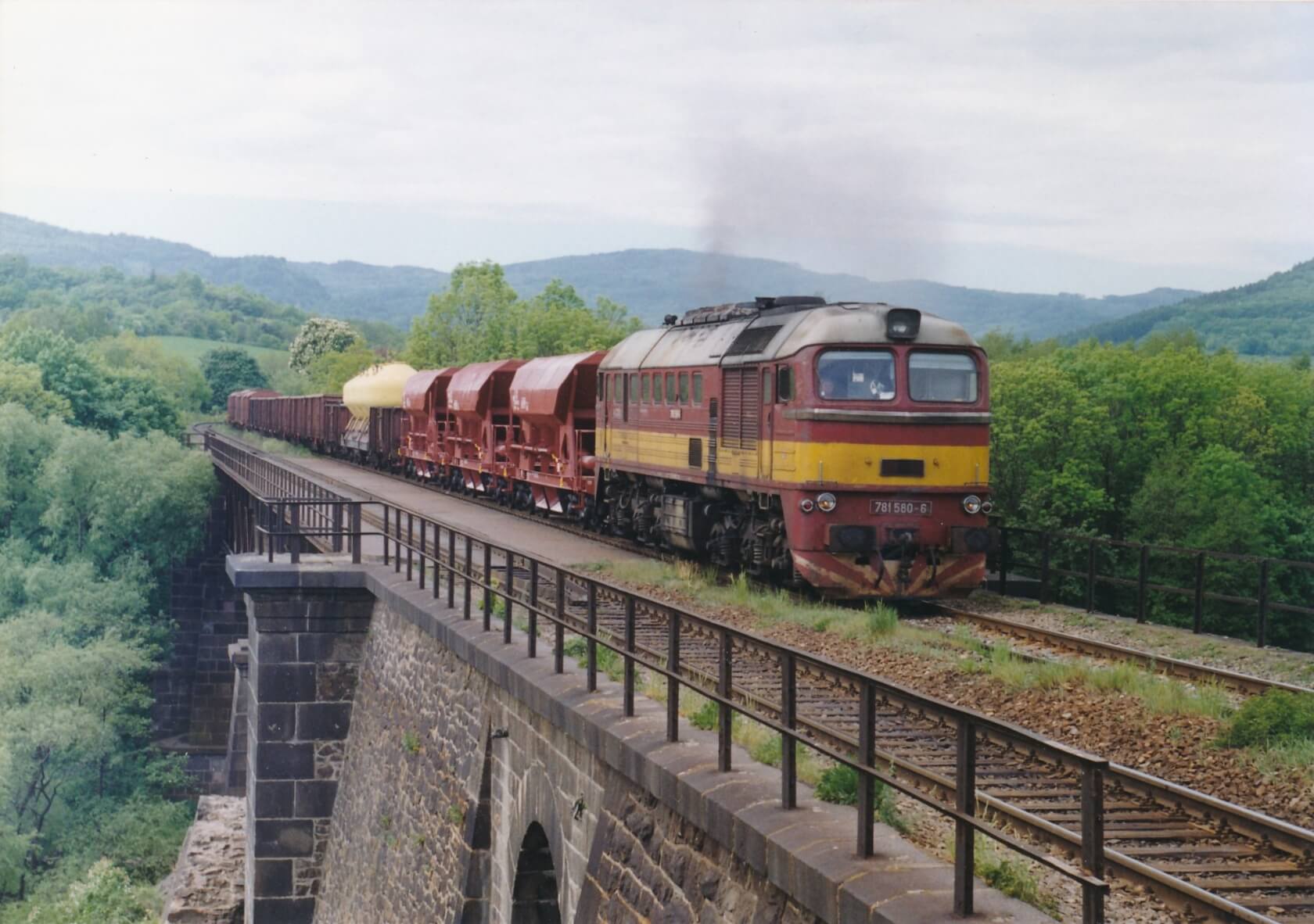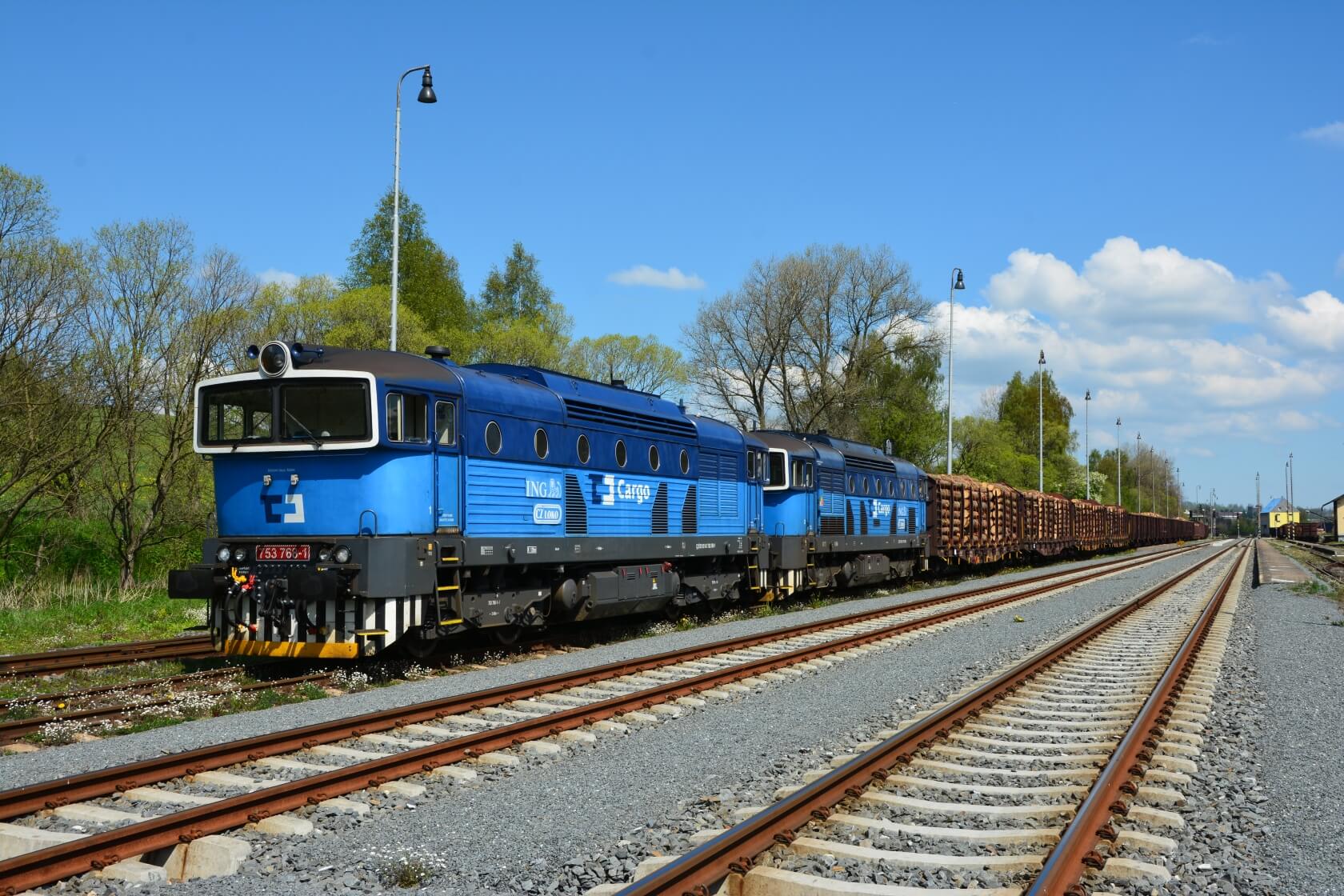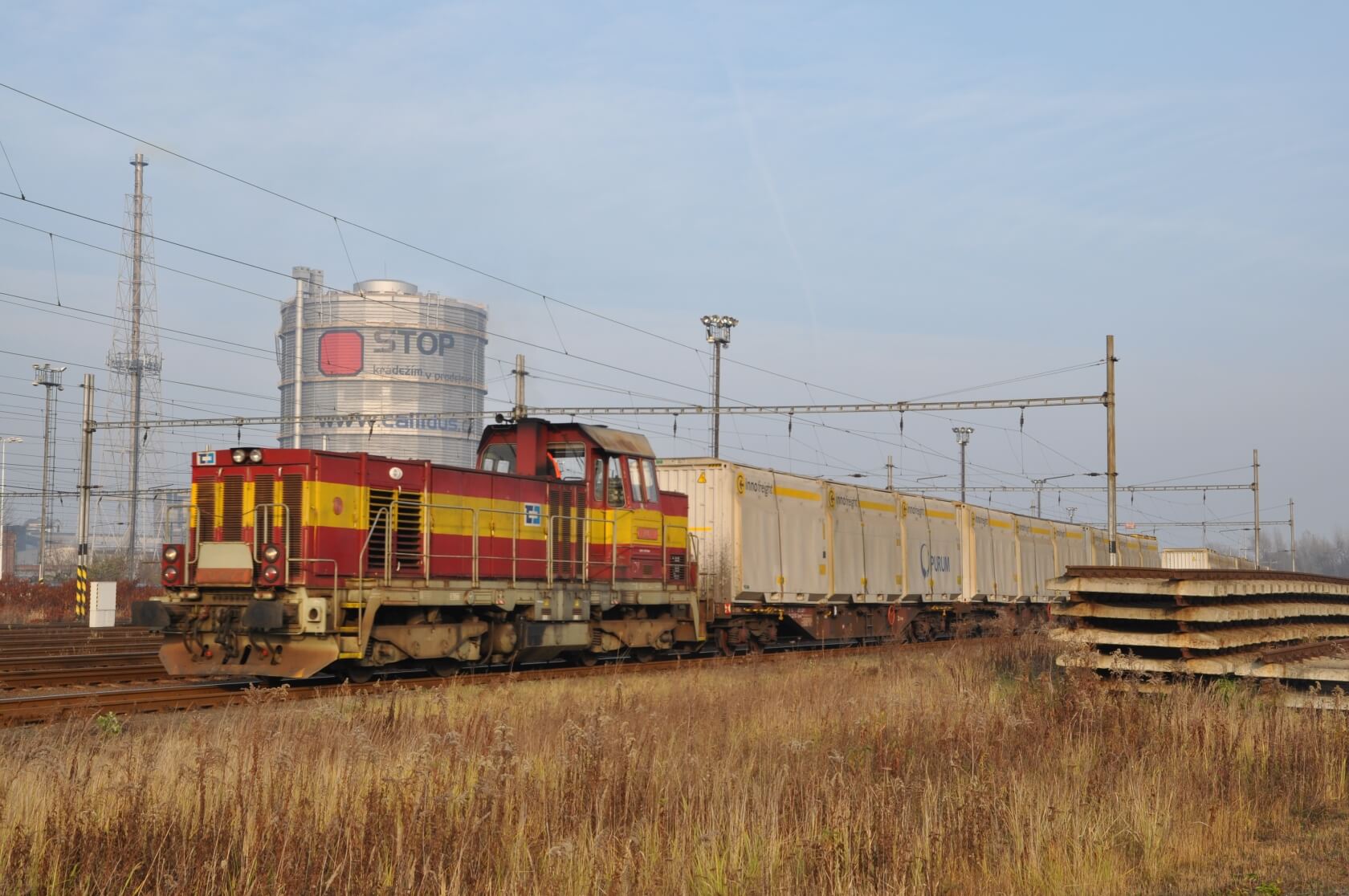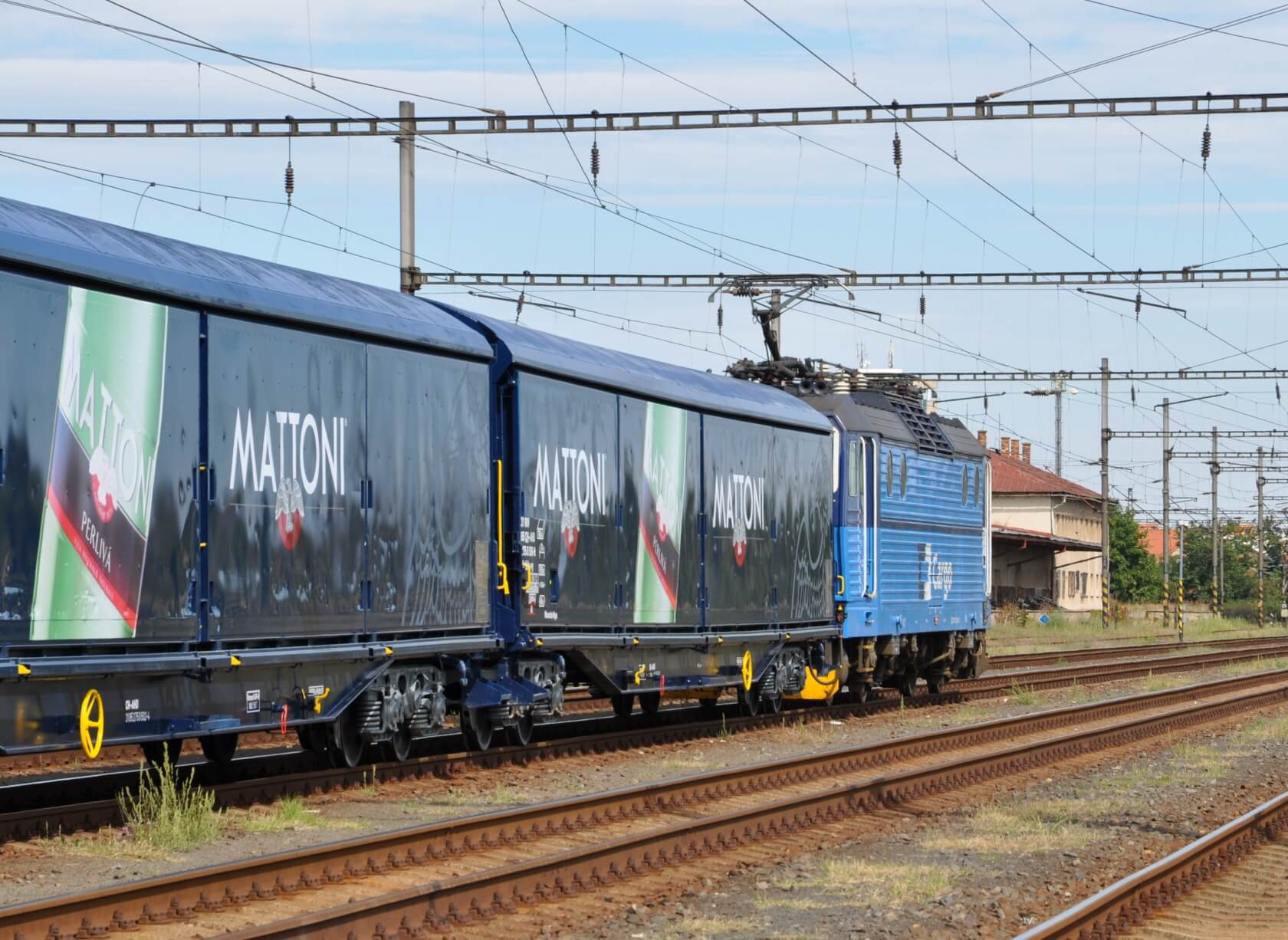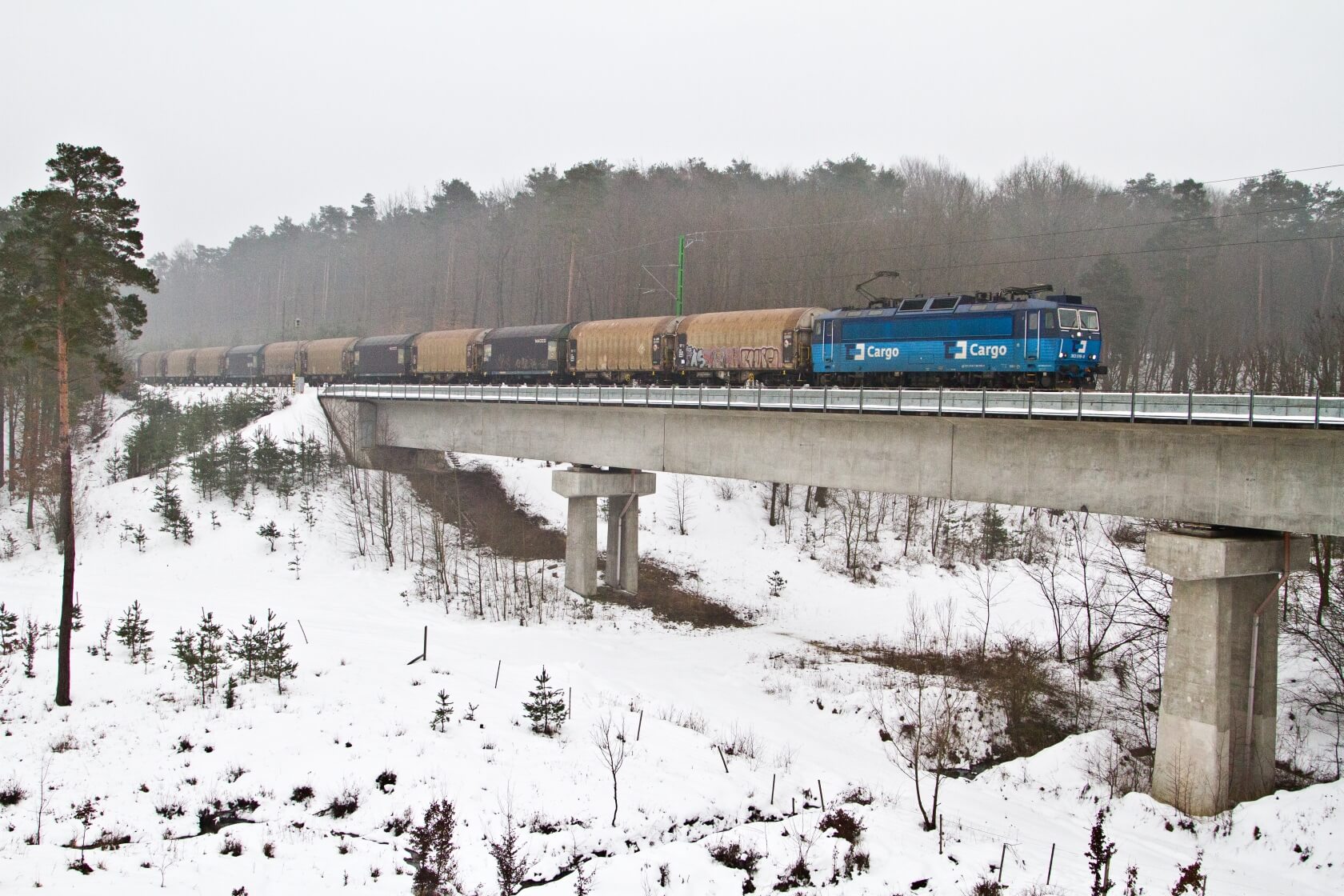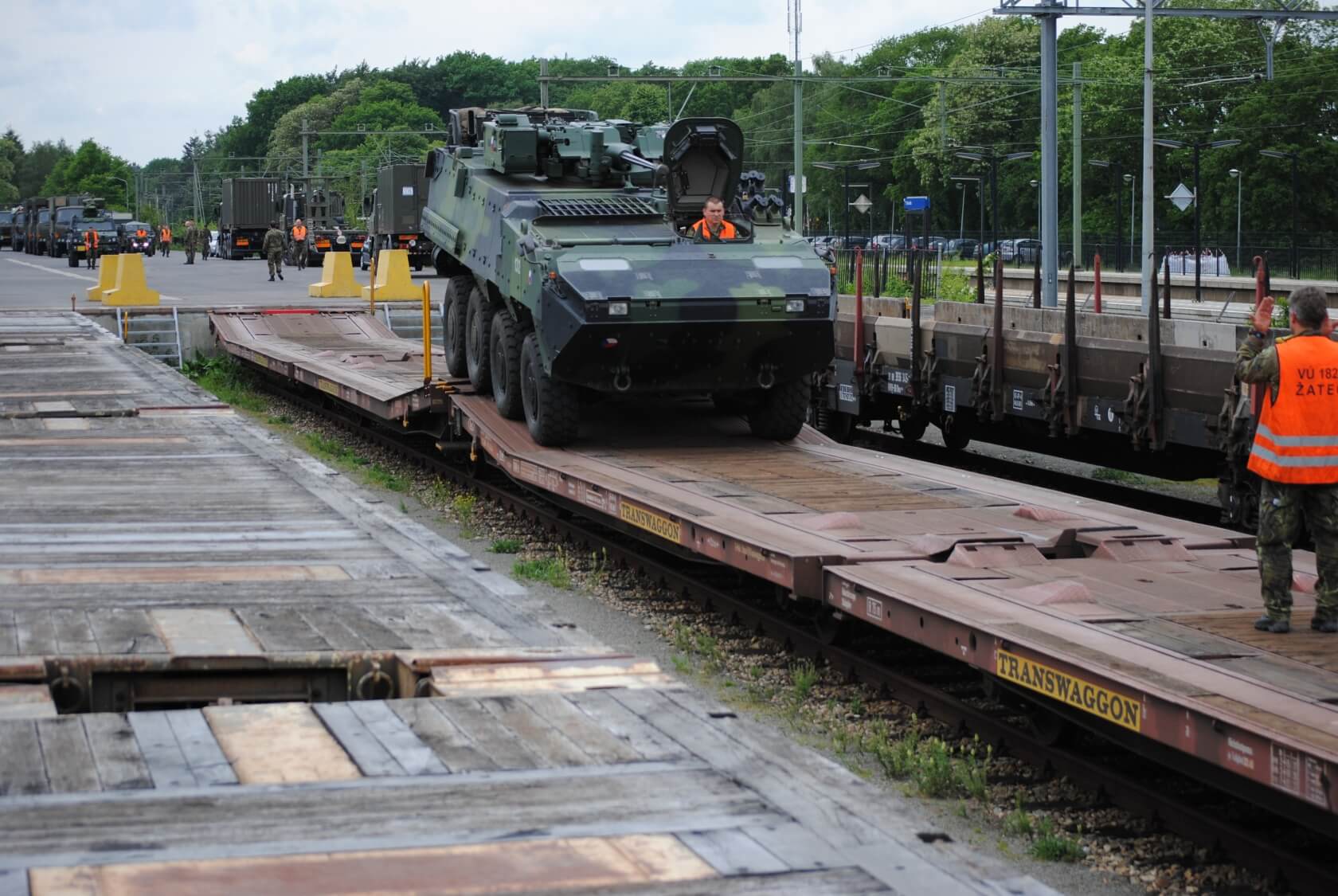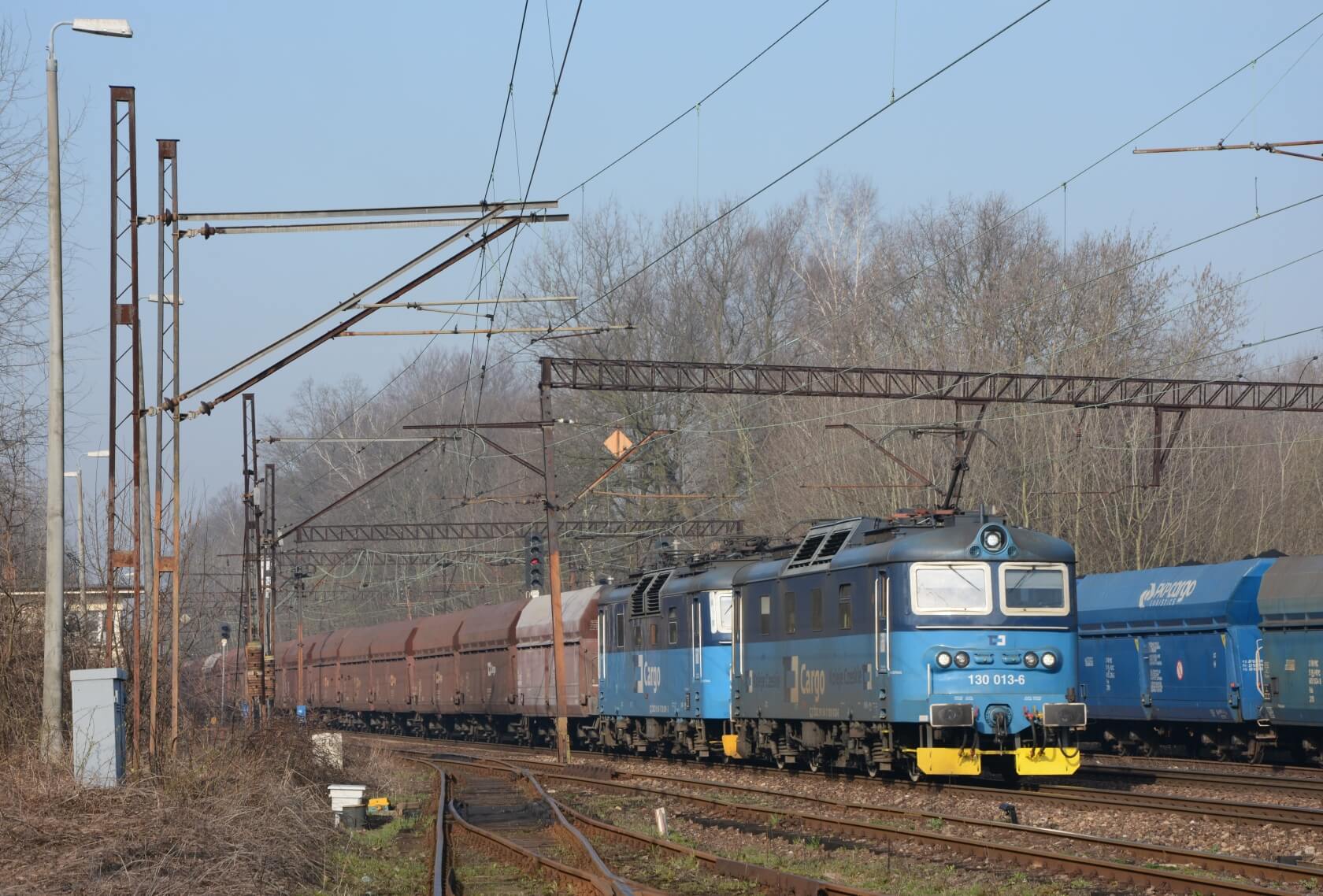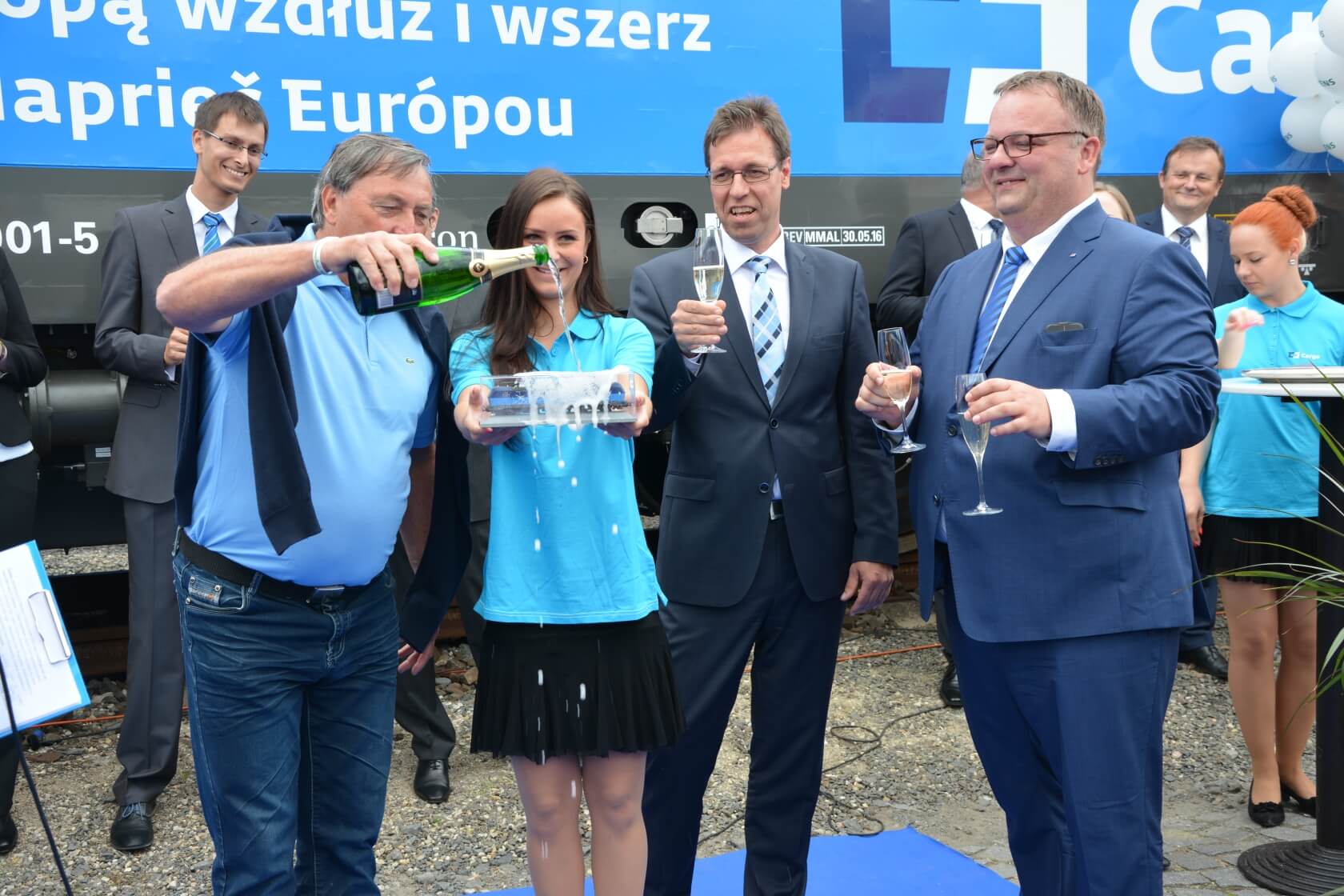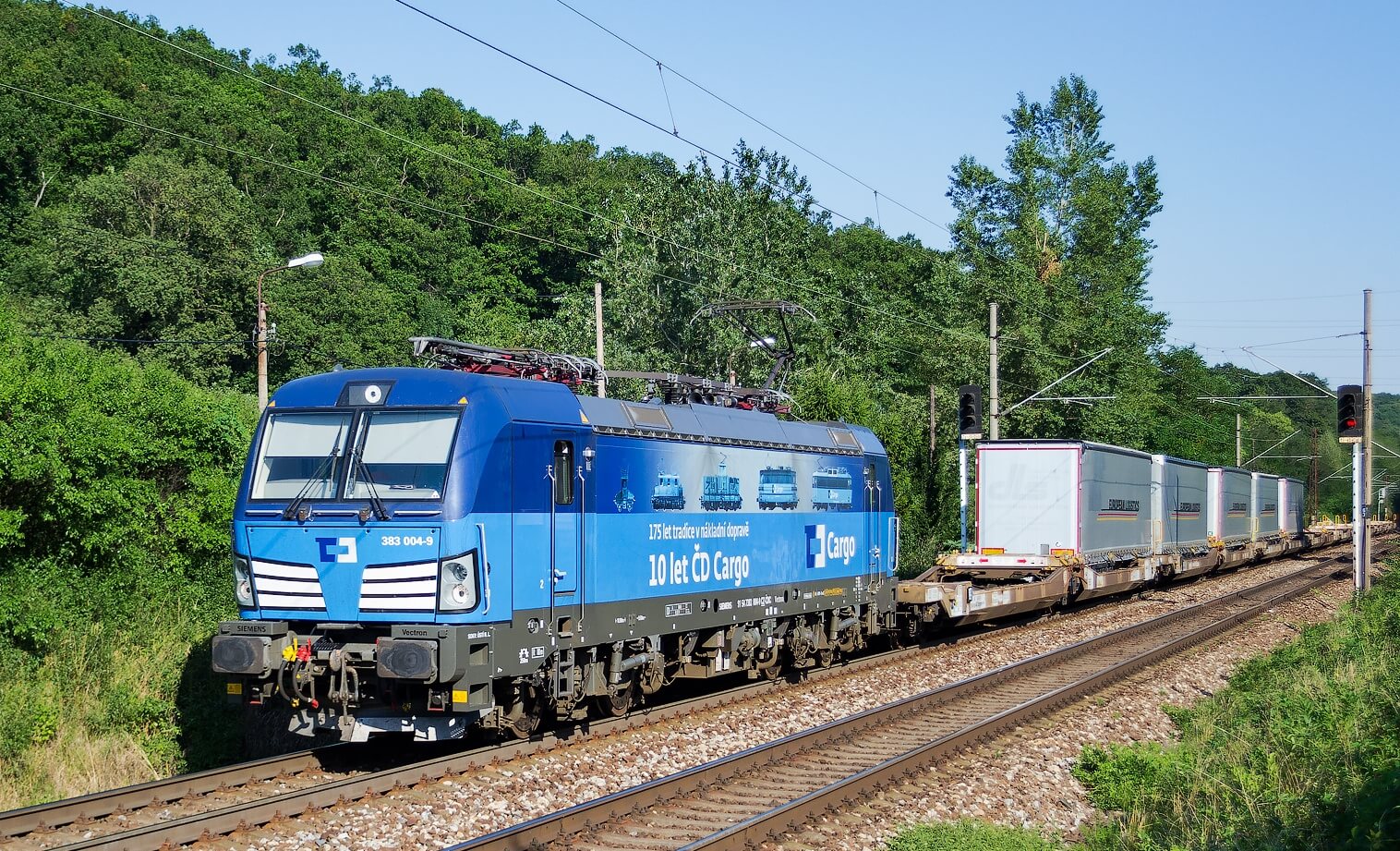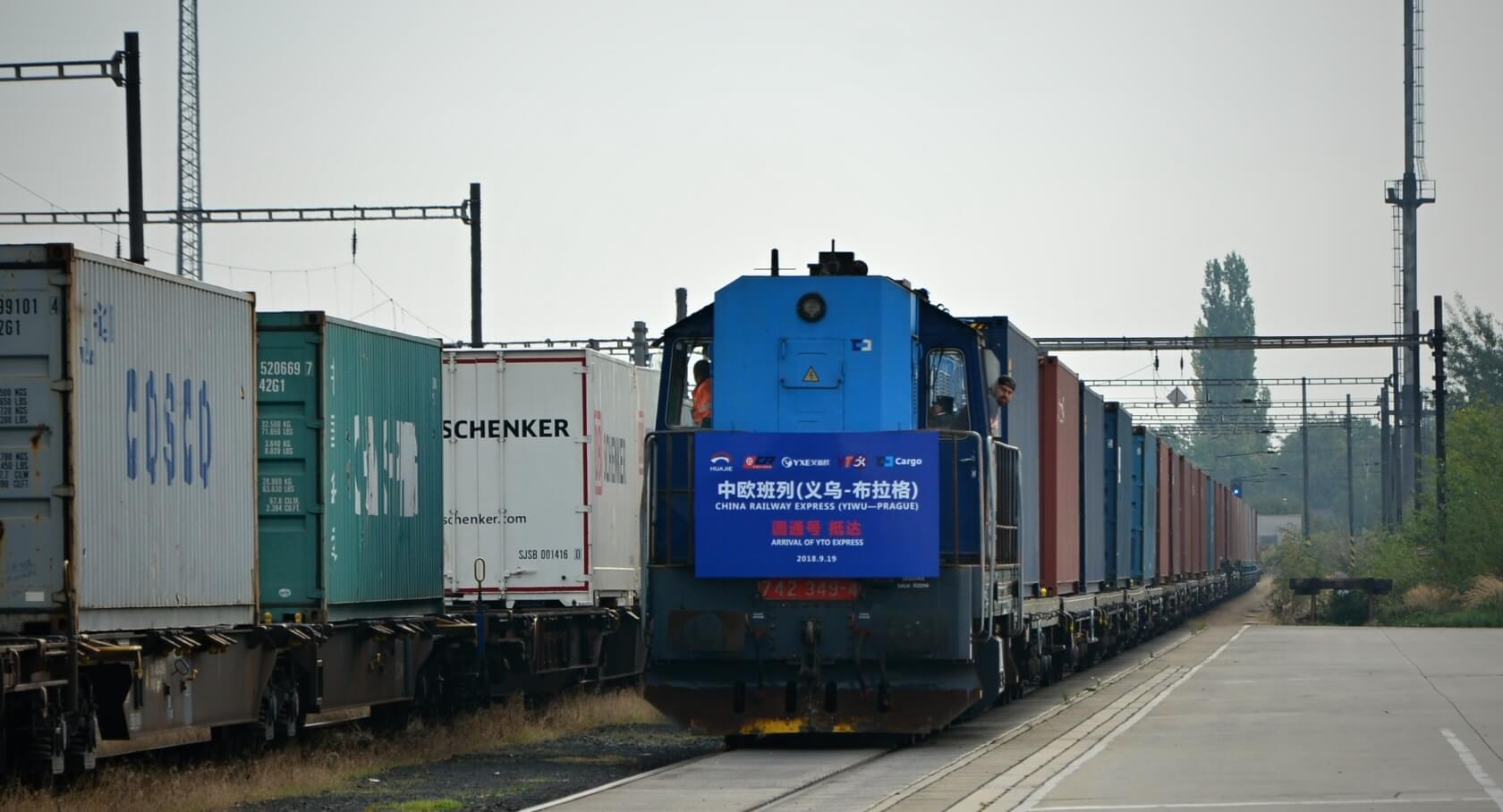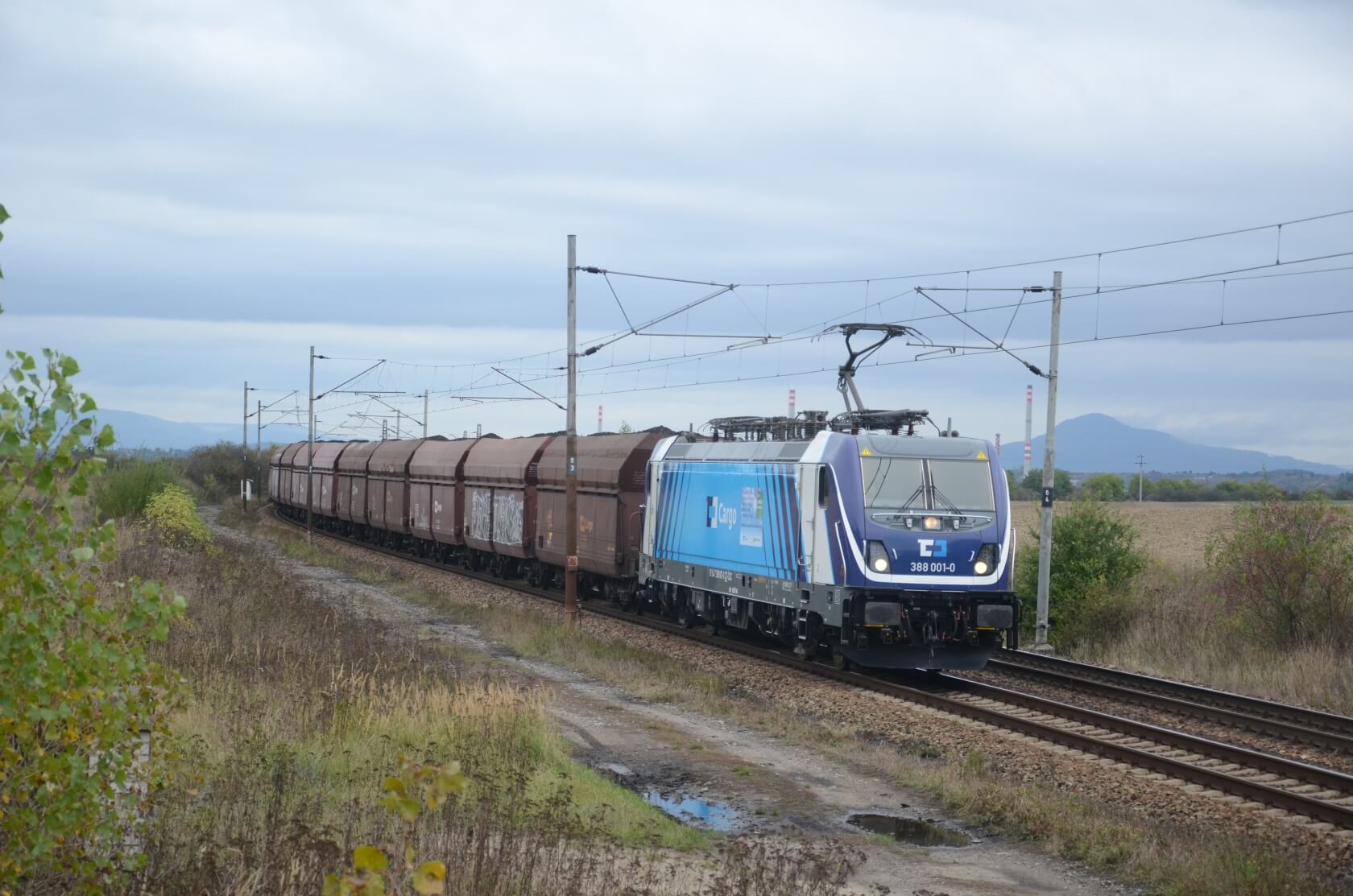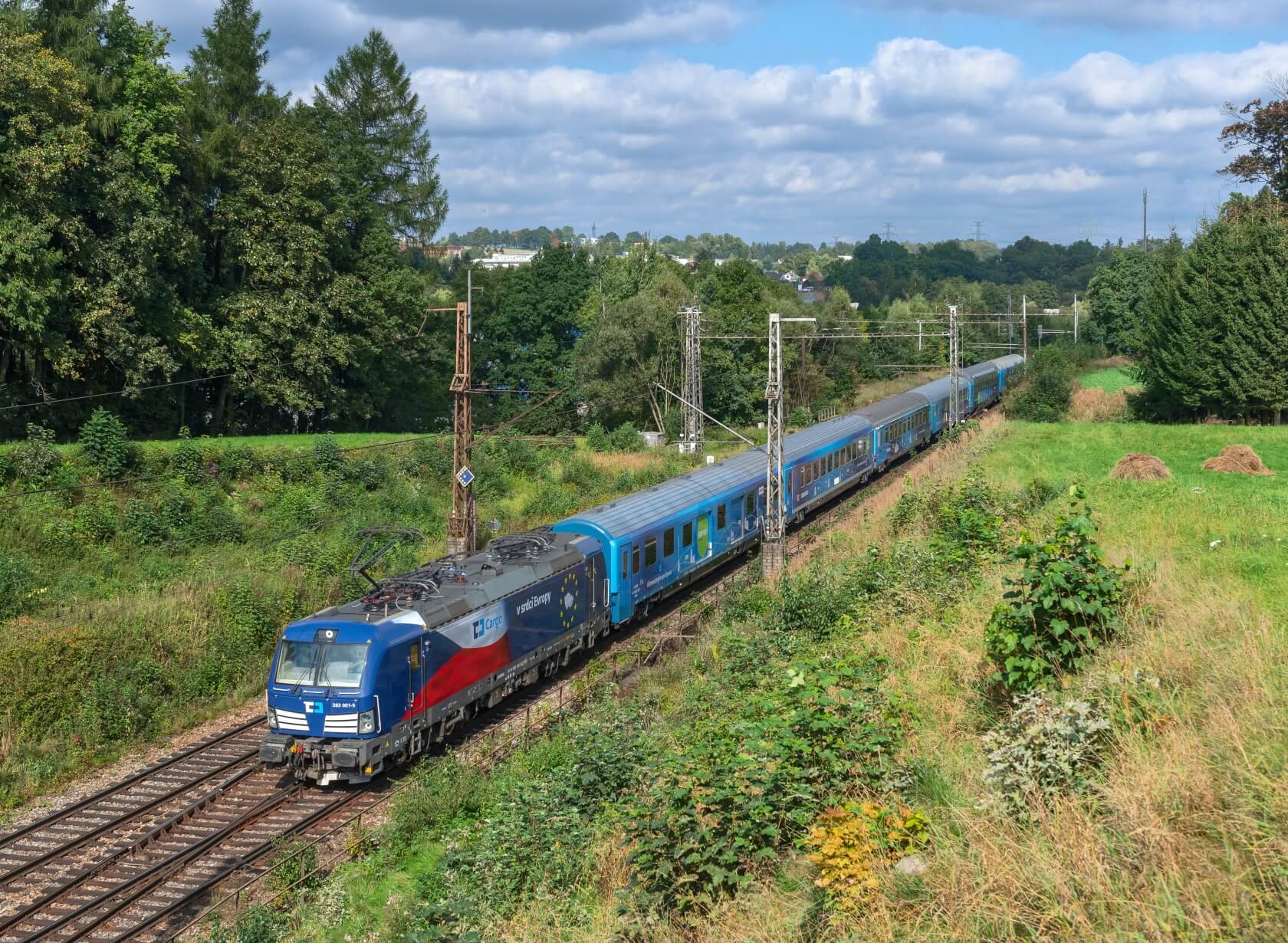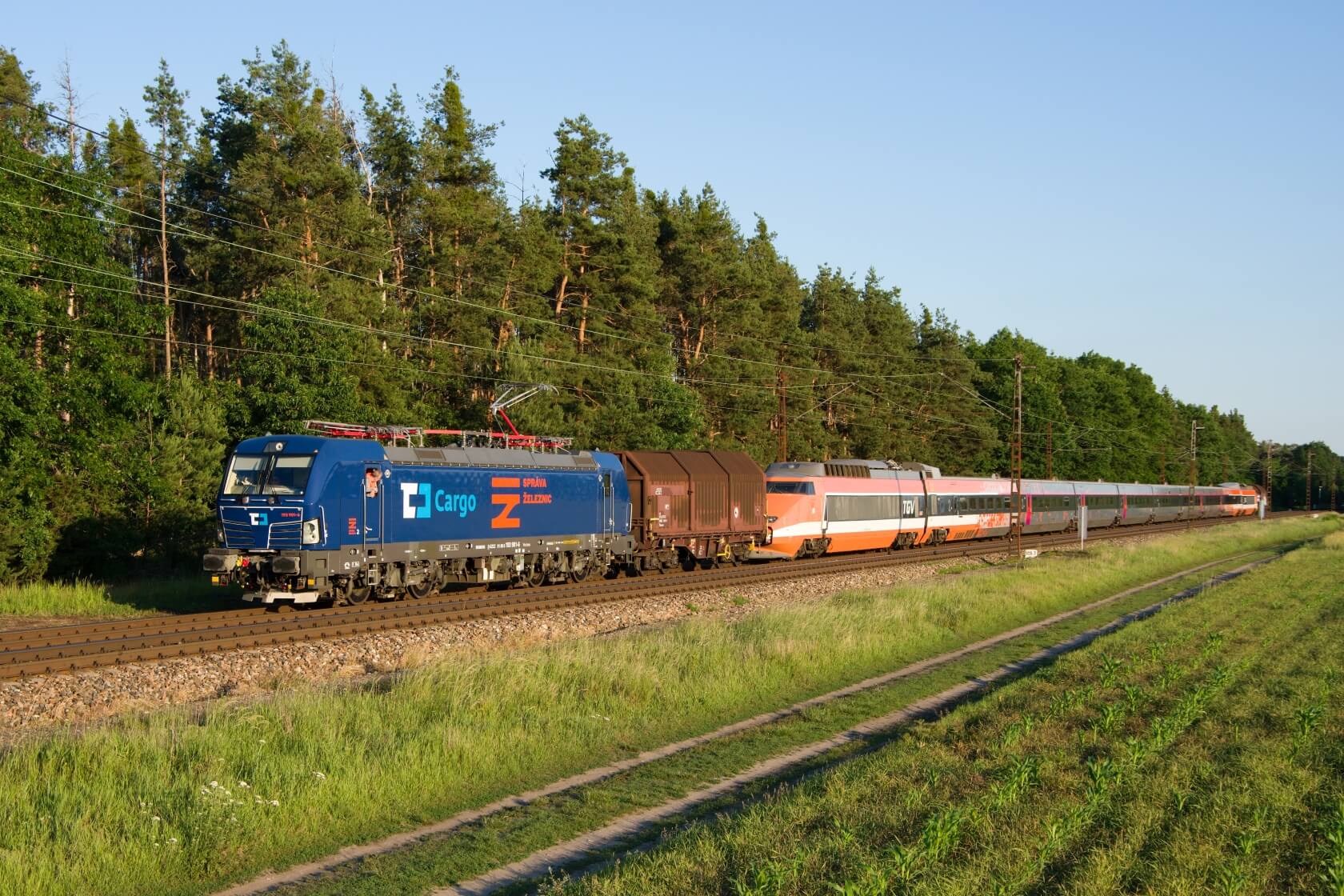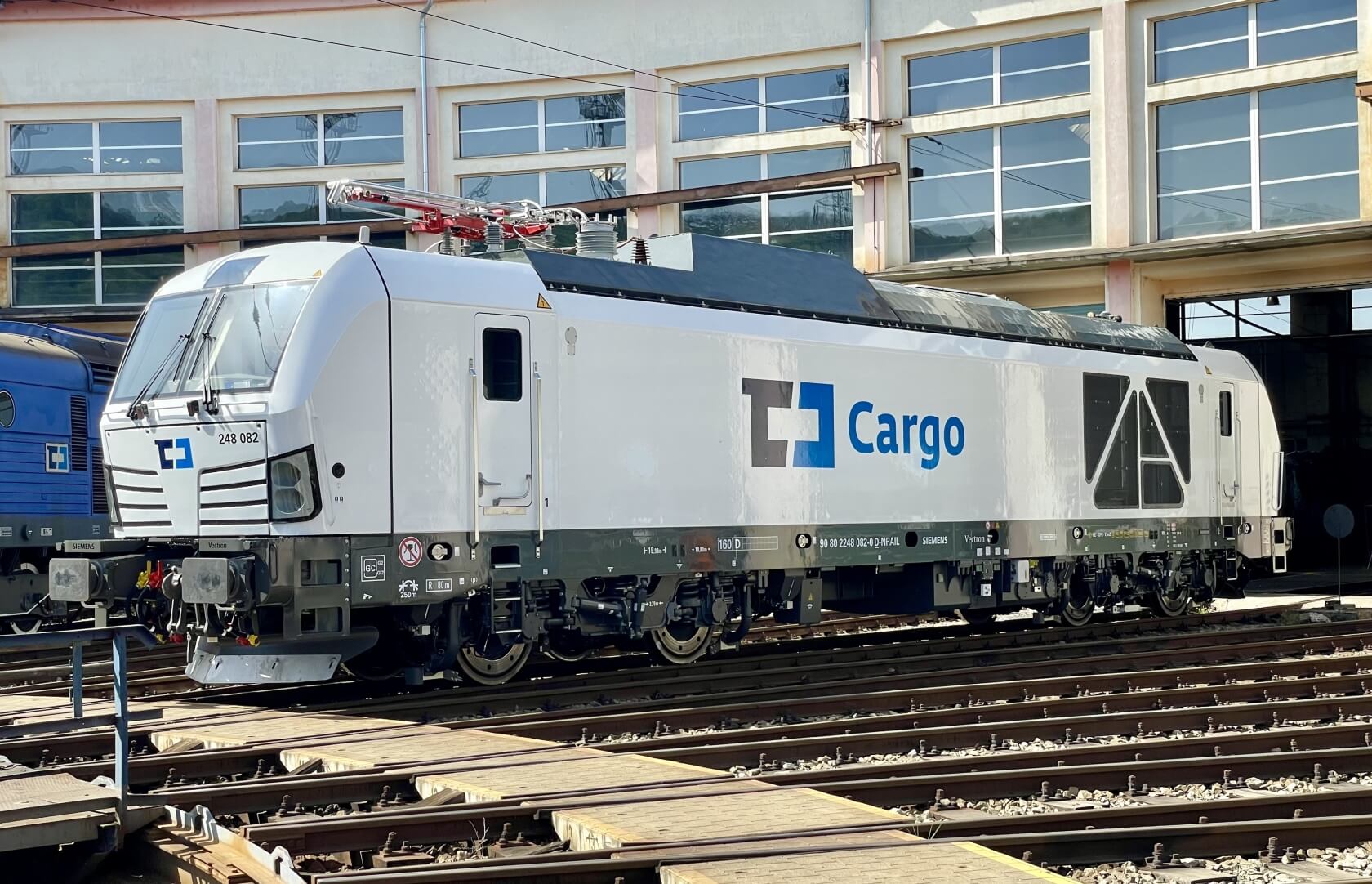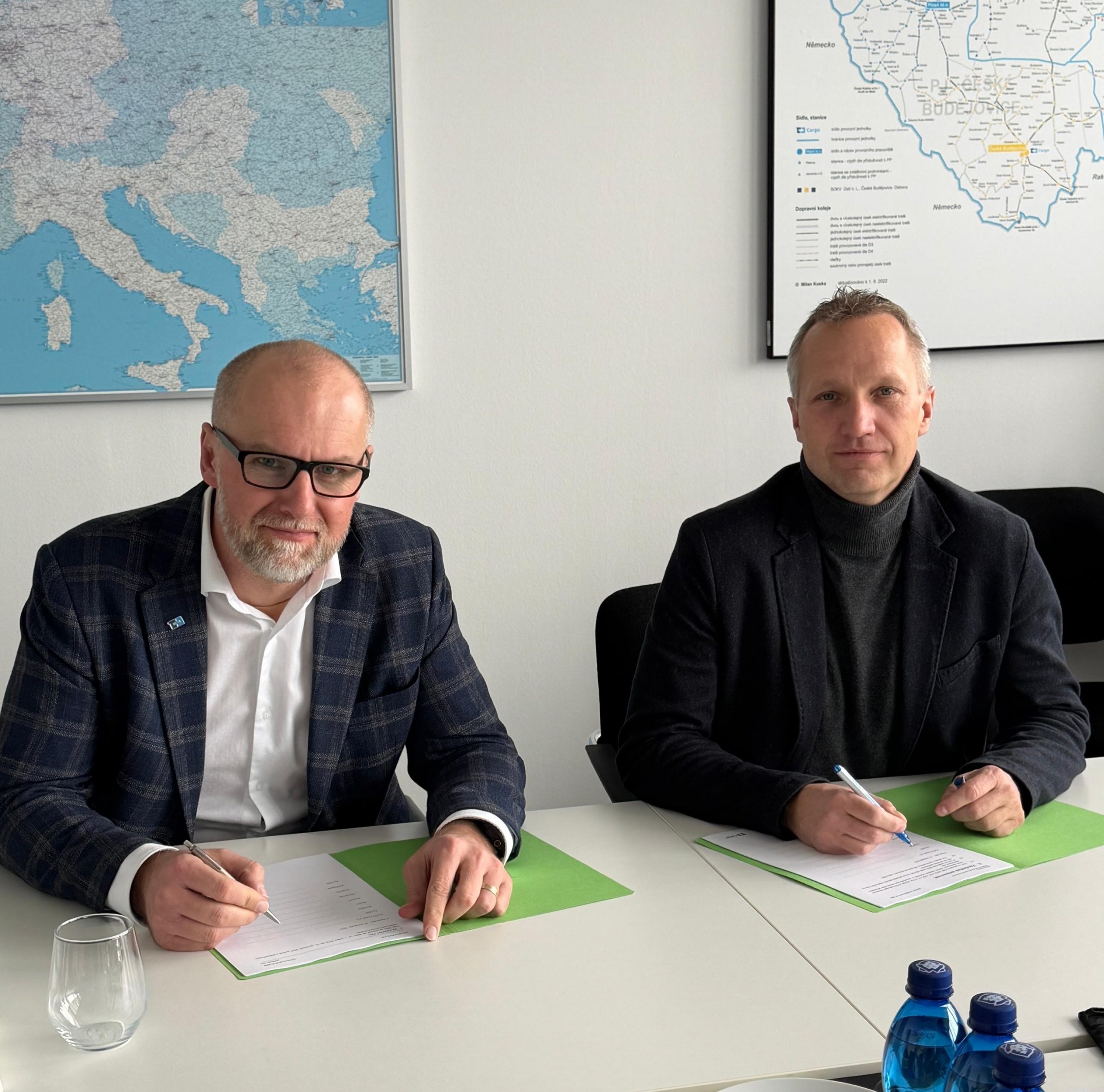History
From horse-drawn railways
to modern locomotives
Watch an engaging video about the history of rail transport and read interesting historical information.
Historical milestones
The first steam-powered railway
In 1839, first steam train appeared at the first station in our territory, in Breclav. The train arrived there from Vienna (KFNB), going on the North railway line of the Emperor Ferdinand. By the construction of that railway line, the company strived after connecting the metropolis of the Austro-Hungarian Monarchy with the industrial areas in the north of Moravia and in Silesia.
Coal railways
Coal was at the dawn of a whole series of railway lines. The Ústí-Teplice, Buštěhrad railways, and Brno-Rosice lines were built as so-called coal lines. The first of these built a network of lines between Chomutov, Teplice, and Ústí nad Labem between 1858 and 1870, including a connection to the port on the Elbe River. The export of brown coal from the Ore Mountains region to Saxony was also handled by the Buštěhrad Railway Company. Two or three international lines branched off from its main line between Cheb and Chomutov, crossing the Ore Mountains ridge and heading for Saxony. Given their challenging gradients, it seems incredible today how many freight trains carrying coal traveled on them. The Praha-Duchcov Railway, which also served primarily for the export of coal, ran across the ridge of the Ore Mountains, specifically near Moldava.
The period of socialism
The post-war period of socialism was marked by intensive development of mining, industry, and, of course, rail transport. On the eastern border of what was then Czechoslovakia, in Čierna nad Tisou, construction began on transshipment points between standard and broad-gauge tracks. In northern Bohemia, a number of railway sections had to give way to surface coal mining. This era was significantly marked by an ideology based on fulfilling socialist commitments. The “Heavy Loads Vehicle Movement” was a relatively well-known example of this.
Development of electric traction
After World War II, electric traction experienced a boom. While the production of diesel locomotives was assigned to the ČKD factory in Praha after the war, the Škodovka factory in Plzeň was designated to produce electric locomotives. The first locomotives of the new generation from 1953, the E 499.0 (today 140) series, launched the first stage of electrification of our railway network. Initially, they were only used on Praha connecting lines, but after the launch of electric operation from Žilina to Spišská Nová Ves in 1956 and from Praha to Třebovice v Čechách in 1957, they were also used on these lines.
Establishment of ČD
In 1993, the division of Czechoslovakia led to the establishment of the company České dráhy. The early 1990s brought a number of changes to the railways. The modernization of transit corridors began, and the then České dráhy became involved in many innovative projects, such as the transport of trucks by the Ro-La system from Lovosice to Dresden and participated in the construction of a wagon traverser and the modernization of a siding for loading Škoda cars in Solnice.
First year of independent existence
ČD Cargo trains transported “only” 86.2 million tonnes of goods. The promising growth trend in transport began to be adversely affected by the global financial crisis in the second half of the year. The most affected were the transport of cars, metallurgical products, and, for example, sawn timber. At the end of the year, the plan to modernize the ČD Cargo’s locomotive fleet began to take shape, with deliveries of modernized 753.7 series diesel locomotives produced by CZ LOKO beginning in November.
Economic crisis
The effects of the economic crisis were fully felt in 2009. A total of 68.3 million tonnes were transported, representing a year-on-year decline in transport volume of 17.9 million tonnes, or more than 20%. That year, the first container train with car parts from the port of Koper arrived at the HMMC production plant in Nošovice. We participated in securing the return of part of the KFOR mission from Kosovo. In February, the delivery of modernized Talls series wagons was completed.
First female train driver
Combined transport saw significant growth in 2010. In cooperation with combined transport operators, the number of trains to and from North Sea ports was increased. Interchangeable superstructures and road semi-trailers began to appear increasingly on trains to and from Lovosice. In March, the first woman appeared in the position of train driver at ČD Cargo – Miss Andrea Matějíčková drove her first kilometers on SOKV České Budějovice locomotives. In April 2010, the ER 20 “Herkules” from Siemens appeared on some ČD Cargo trains. We also cooperated with ČD, or rather with Škoda in Plzeň, on test runs of the 380 series locomotives, which had to run the prescribed kilometers without passengers as part of the tests.
Development of Innofreight technology
In the summer, a completely new Rostock–Brno connection was introduced, with two pairs of trains per week transporting LKW Walter semi-trailers. The launch of this line was preceded by the resumption of operations at the Brno Terminal in March of the same year. Innofreight technology also experienced development, finding use in the collection of wood chips from various loading points in southern and western Bohemia for transport to the Plzeňské teplárenské heating plant. In addition, one-off consignments of sediments from the Ostrava region to Litvínov for further storage and disposal were carried out. A year later, the implementation of the first business case was awarded a special prize by the Ministry of the Environment in the Clear Way competition for promoting the use of renewable energy and protecting against emissions from freight transport. On May 24, 2011, we took delivery of the first two modernized 363.5 series locomotives, which are still among the most useful ones in the ČD Cargo locomotive fleet today.
New mineral water transports
In February 2012, the installation of radio equipment for communication in the GSM-R system on ČD Cargo locomotives in accordance with the European EIRNE standard (TSI Control Command and Signalling) began. As part of this contract, 197 traction vehicles were equipped with the device worth almost CZK 90 million. That year, two long-term projects for the transport of mineral waters were completed. On August 1, the transport of Korunní from Obrnice to Olomouc began, carried out in cooperation with the road transport company M + L. The transport of Mattoni mineral water from Kyselka to a warehouse near Prostějov required a very long preparation period. The entire project was only possible to realize thanks to intensive cooperation with the transport company Railsystem. The official launch of the Mattoni Express took place on August 28, 2012.
International news
January 2013 can be considered a turning point in terms of the deployment of ČD Cargo locomotives abroad. On January 27, locomotive 363.517 arrived with a train of Shimms wagons as far as at the Slovenian border crossing station of Hodoš. On February 27, 2013, the first transport on the CIM/SMGS consignment note took place from the Czech Republic to Kazakhstan. This joint transport document was used to transport a train with 42 containers from Mladá Boleslav to the station in Zaščita.
We are participating in the modernization of the D1 motorway
On May 17, 2014, the first block train carrying road cement intended for the reconstruction of the D1 motorway arrived at the Zruč nad Sázavou station. By carrying out these transports, ČD Cargo actively participated in the modernization work on this important transport artery. The year 2014 was also relatively rich in international military transport. We transported our troops to Germany, the Netherlands, and Poland. The Dutch and Belgians were training in our country. The largest event was the transport of the Dutch and Belgians to a joint exercise at the Hradiště military training area. As part of our comprehensive services, we provided transport of Dutch soldiers to Praha and Terezín for the Dutch Ministry of Defense. At one day, we supplied as many as 18 buses to Podbořany. Another service traditionally provided by ČD Cargo was the provision of cranes for loading and unloading materials both at the station and in the military area.
Expansion into the Polish market
That year can be proudly dubbed “the year of expansion into the Polish market.” One of ČD Cargo’s strategic goals, namely expansion into foreign markets, began to materialize. We began offering construction material deliveries for track construction sites on a larger scale and added other services to these transports, such as the provision of special Ua series wagons (Dumpcar), securing personnel for unloading balast during track closures, etc. On January 21, 2015, the first train with white phosphorus from Kazakhstan arrived at the siding of the Břeclav-based company Fosfa, with the entire transport being fully managed by ČD Cargo. The resumption of sugar beet transport by rail, which began in September 2015 with the delivery of sugar beet to the Agrana processing plant in Hrušovany nad Jevišovkou, was also beneficial.
The Year of Vectrons
In April of that year, a contract was signed between ČD Cargo and Siemens Czech Republic for the delivery of five interoperable Vectron locomotives. And on May 31, the first locomotive, numbered 383.001, underwent technical and safety testing on the Velim–Poříčany line section. A well-known footballer Antonín Panenka christened this first interoperable locomotive at the Czech Raildays trade fair in Ostrava.
10 years since the company was founded
In the spring, ČD Cargo's fleet was expanded with new Sggrrs series wagons – eight-axle 80-foot wagons consisting of two sections firmly connected by a push-pull coupling. The first eleven cars delivered were equipped with special pallets for transporting metallurgical products (SteelPallets), which were used for transport between the stations of Třinec and Kladno-Dubí. At the end of February 2017, the transport of bulk cement from Hranice na Moravě to Praha-Krč began. The Dracula specialized train from Brno to Curtici which started operating at the beginning of April, quickly gained its customers. In July, the Bratislava – Braunschweig connection for the transport of RailRunner semi-trailers began operating.
Transports from China
On May 12, the first train from Yiwu to Lovosice entered the Czech Republic, which was fully managed by ČD Cargo. On June 18, a train from Houma, China, arrived in Hamburg. This was the first train traveling outside the Czech Republic the journey of which was completely governed by ČD Cargo for forwarding. In March 2018, the verification operation of the Innofreight container unloading equipment at the Chvaletice power plant was launched.
Start of transport in Austria
In the evening hours of Sunday, January 20, 2019, a block train loaded with panels left the Czech Republic at the Horní Dvořiště border crossing station and headed to Villach via Linz and Selzthal. This train was drawn by twinned ČD Cargo Vectrons 383.007 and 001 locomotives; the train was driven on Austrian territory under a ČD Cargo license and by a ČD Cargo driver. After unloading, the empty train returned via Břeclav to be loaded again in Čáslav and Skovice, respectively. The achievement of this business case was the result of the active business policy of the newly established branch in Austria – ČD Cargo Niederlassung Wien. On April 1, coal transport to the Werndorf power plant began in cooperation of ČD Cargo and ČD Cargo Niederlassung Wien.
Further expansion and green energy transport
ČD Cargo continued its expansion into other foreign markets. On February 5, Vectron 383.002 departed from Bydgoszcz, Poland, transporting an ATR 220 series engine unit from the manufacturer PESA Bydgoszcz to the Austrian-Italian border crossing station of Tarvisio. The train was carried in cooperation with the subsidiary CD Cargo Poland and the Niederlassung Wien branch. On April 3, the first train under the ČD Cargo license and with a ČD Cargo driver arrived at Inngolstadt station. On June 20, the subsidiary CD Cargo Slovakia realized the first transport under its own license on the ŽSR lines. On October 1, CD Cargo Hungary became a full-fledged carrier on the Hungarian railway network. That year, ČD Cargo launched an offer of transport using so-called green energy. The first customer to take advantage of the offer was ŠKO-ENERGO.
Weather vagaries
On June 24, a devastating tornado hit a part of South Moravia. An important corridor line between Hodonín and Břeclav was damaged, where a long-term power outage was the result. In the fall, we transported waste loaded in Innofreight superstructures from South Moravian municipalities affected by the tornado to be stored in Litvínov. On September 25, the Connecting Europe Express (CEE) special train event took place as a presentation of the European Year of Railways. Between Brno and Praha, the train was carried by locomotive 383.001 with a new European coat of paint.
Military and humanitarian transports
At the end of February, ČD Cargo transported the first military train in a secret mode towards Ukraine. In March, the operation of trains with humanitarian aid to war-torn Ukraine began, and on March 2, a train with fuel for Čop left the ČEPRO siding in Šlapanov. ČD Cargo donated the revenue of CZK 1.2 million for performing this business case to the account of SOS Ukraine of the People in Need organization. However, other interesting transports were also carried out, such as train sets for the Warsaw metro or delivery of black coal from Australia. We realized the transport of a high-speed TGV unit as part of its presentation by Správa železnic.
Super drivers are coming
In January 2023, exclusive operation under ETCS supervision was introduced on the Olomouc – Uničov line. ČD Cargo was deploying modernized 742.71 series locomotives equipped with the mobile part of this system. In April, we had borrowed a Vectron Dual Mode 248.019 locomotive from Siemens for testing. In July, the so-called super driver project was launched, and we also took over the first modernized 242 series locomotive. A significant achievement was obtaining a unified safety certificate for rail transport operation in the Czech Republic, Austria and Germany from the ERA agency.
Preparation for ETCS
The decline in transport volumes has already fully reflected the impact of the decarbonization of the energy and heating industries, the problems of European steelmakers and the decrease in the competitiveness of the Czech and European industry. As of April 1, a major change in the organizational structure of ČD Cargo took place – six Operational Units were transformed into three Regional Operations Directorates with headquarters in Ústí nad Labem, Praha and Ostrava. The ČD Cargo locomotive fleet was strengthened by Vectron Dual Mode 248.082 leased for one year for operation in Germany. In May, a presentation was held on the completion of the project to equip 128 ČD Cargo locomotives of the 163, 363 and 742.71 series with ETCS train control system. The project was supported by the CEF Transport Cohesion Call financial assistance.
News
You won’t miss anything from the world of railways
